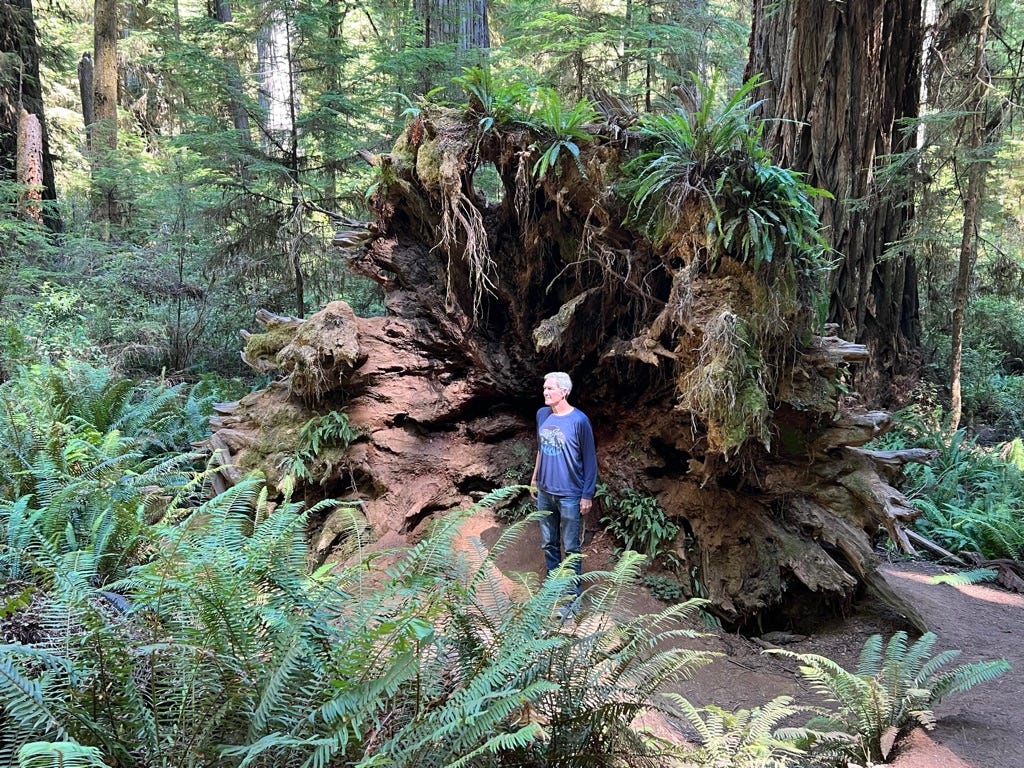Several recent thoughtful essays and developments on the “state of agile development” are worth reviewing to understand not just the current thinking of agile practitioners, but just how the authors are anchored in the doing agile versus being agile.
I try to share that I learned to be agile from my mother, may she rest in peace, as she raised six children, worked part-time, contended with changing times and suffered the prejudices of her day, which were not trivial in retrospect.
I was extremely lucky to have been raised to have a growth mindset, and I saw lots of examples of the opposite to anchor my perspective very early on in life, then in school and ultimately in business.
Recently, while reading, and then writing on the Hawthorne Studies, as well as the journey of Edward Deming training war production leaders brought me to a realization. The codification of agility in the Manifesto over 20 years ago was important, yet it was an echo of Deming andthe Hawthorne studies. Just because a new generation of software developers, admittedly they all were both brilliant and bright, captured the moment on a week.end in Utah, not too much of what they published was all that new.
It is true what they articulated was necessary, and to those in the traditional approach to development, radical, they were simply documenting their agile mindset at a point in time.
Following all the recent pieces about the “death” of agile (too many to link so just google it!), the soiling of the bed by agile practitioners (no link - giving a mulligan on those pieces), the new custom “process” authors (seeking to monetize but really missing the point so no link here either), the mergers of communities of practices, is missing the forest because of the trees.
In Carol Dweck’s studies about agrowth mindset versus a fixed mindset, she writes on the power of the word “yet.” Please look into it at the link in the previous sentence. You won’t regret it.
If it is a journey we all are arguably on, not unlike Joseph Campbell’s The Hero’s Journey, then we aren’t there yet, to quote all the Dad’s and Mom’s who have ever had to remind kids in the back seat.
If you follow Campbell’s 17 steps/ 3 acts, you can plot where you are, or where your team is. Considering the anchor of the Agile Manifesto in 2001, I speculate we are still in the “Initiation Act,” yet, your mileage may vary.
Agility is evolving and growing. The journey has rarely been a straight line and adoption of agile principles and mindset continues with new adoption everyday.
References:
Scott Ambler “Future of Agile.”




